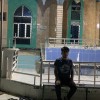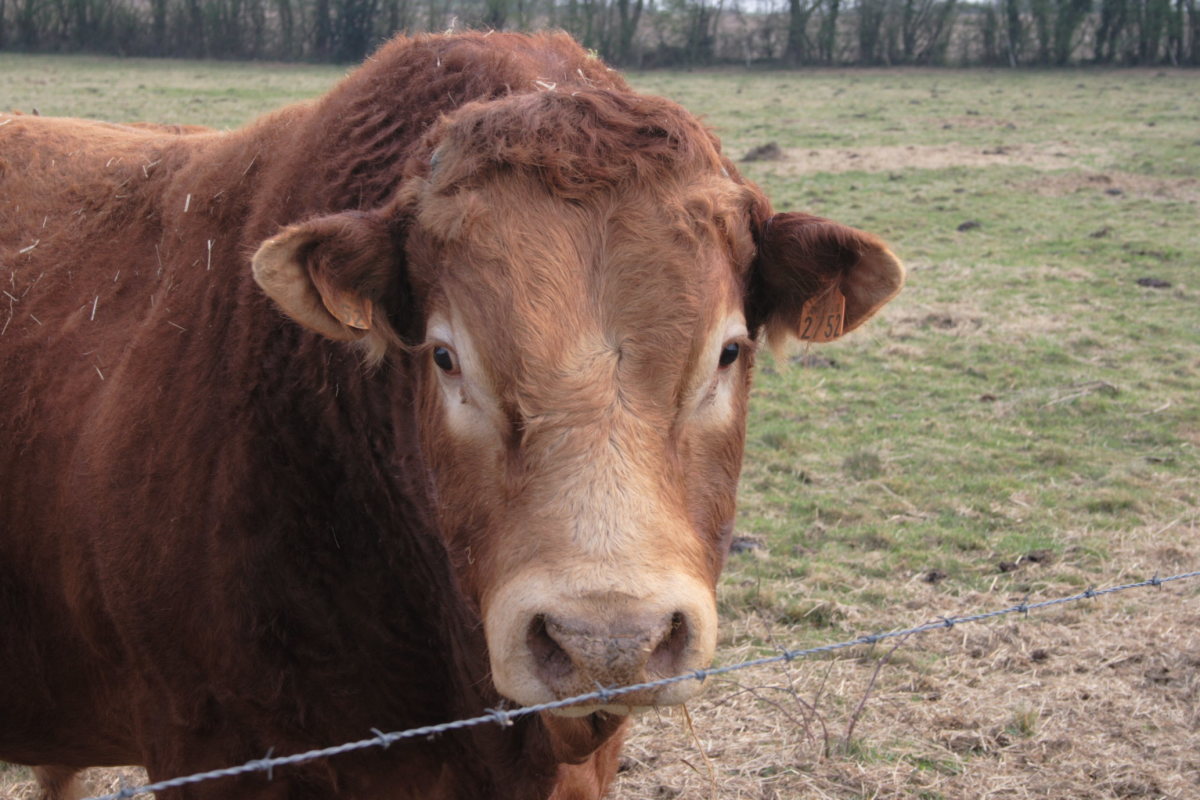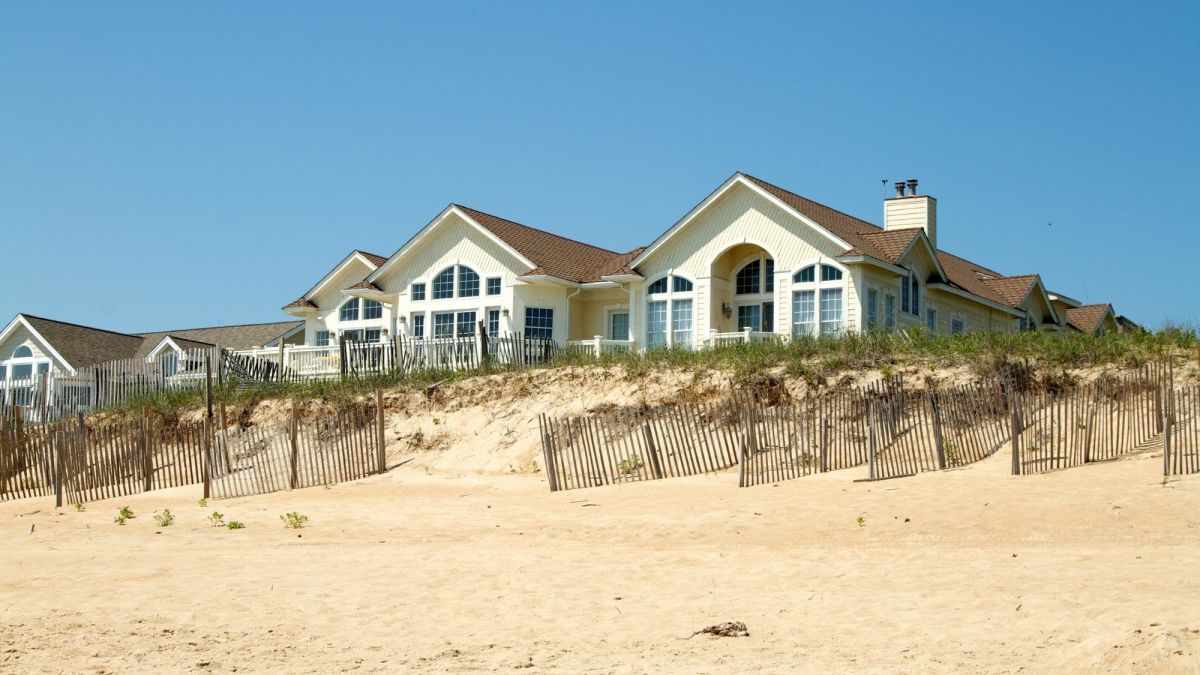Hawraman Is the Paradise of Kurdistan, One of the Most Exclusive Tourist Areas in the World
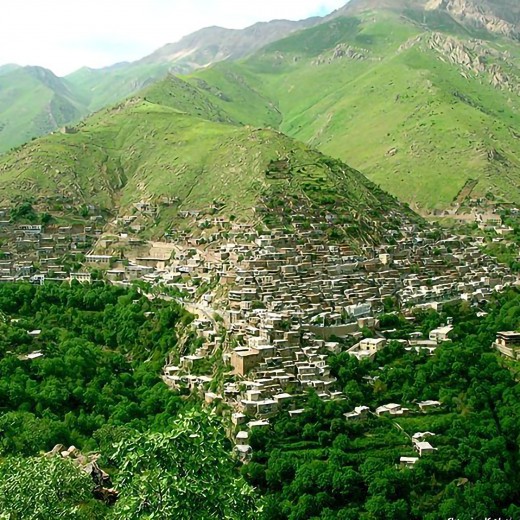
Geography of Hawraman
Hawraman is a mountainous and tourist region of Kurdistan, located between the provinces of Kermanshah and Sanaa in East Kurdistan, Iran, and Halabja province in South Kurdistan.
Hawraman region consists of several parts: Zhawaro, Gawaro, Rezaw and Kamara, Lhon, Dzli and Hawraman.
There is no reliable data on the population of Hawraman, but it is estimated that the number of Hawraman people ranges from 750,000 to one million.
The mountains are 1270 to 3390 meters high. Therefore, people are engaged in growing walnuts and other trees. Therefore, people are engaged in growing walnuts and other trees It is difficult and you have to see a lot of difficulty to be able to organize a garden.
Hawraman as an important and vast region of Greater Kurdistan, based on historical monuments, is one of the oldest parts of Kurdistan, and certainly any ancient place has its own culture and civilization.

Natural Environment of Hawraman
Hawraman is generally a difficult mountainous region, its natural features are specific to its natural environment, which is the composition of the high altitude of the land surface, the hardness of the water and air, and the density of the sunny surface. The Iranian tiger, brown bear, wolf, snake, wild goat, pig, squirrel, eagle, and jackal are among the animals found in Hawraman.
The altitude of Hawraman is about 700-3000 meters above sea level; the average altitude is 2548 meters above sea level. The climate of Hawraman is cold and snowfall in winter and cool and moderate in summer. Hawraman is located in the rainfall zone and the average annual rainfall is not less than (600 mm) and is located at the latitude of 35 degrees and longitude of 45-64 degrees.
The natural environment of Hawraman is located in such a way that ensures the natural life of most creatures without problems, which has become a test for the emergence of a special culture in the region, which creates a social environment suitable for this natural environment. Take a closed space even if it is isolated from the outside world
Culture and the Arts
Hawraman's cultural heritage is very diverse and rich and has its own music and clothing.
The houses are blended with the nature of the area and some of them are built on the heights of the mountains, which are attractive to tourists.
Some areas of Hawraman have a special architecture and have preserved their old architectural style to this day. Houses in Hawraman are built of stone and walnut trees.
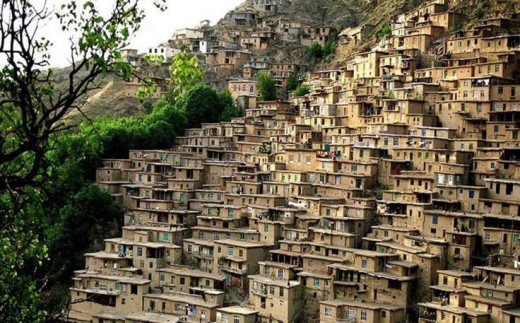
History
The history of life in the area dates back to the Middle Stone Age (40,000 years ago), excavated by geologists in the village of Hajij, the discovery of the cave (Knache) near the city of Nodsha dating back to 15-25,000 BC Iron, and the discovery of evidence of human life three thousand years ago in the village of Ruar in Sawlawa.
The inscription of Sargon II in the village of Tangiwar indicates that it was inhabited during the Assyrian invasion of the Zagros, which dates back to 721 to 705 BC.
In 1909, three inscriptions of the Seleucid and Ashkani Empires were discovered in the area and sent to London. They date back to 80 BC-33 CE and deed the sale of land between two people in Greek and Ashkani.
Hawraman and UNESCO
In 2021, Hawraman was registered as a UNESCO World Heritage Site. UNESCO said in a statement that the remote and mountainous areas of Hawraman are the center and witness of the culture of the people of Hawraman. The Hawrami people, as part of the Kurds, have been living in the area since 3000 BC, engaged in gardening, agriculture and livestock breeding. In the heart of the Zagros Mountains, in Sanandaj and Kermanshah provinces along the western borders of Iran, it consists of two main parts: Zhawaro and Takht (in Sanandaj province) in the middle and east. to the west, Lehon (in Kermanshah province).
The lifestyle of the people of Hawraman has adapted to the nature and difficulties of the region. Construction of houses in wet areas, planting trees on rocks and mountainous areas, animal husbandry and short-term seasonal migration are the most obvious distinctive features of Hawrami life and culture.
They have continuously lived in their area, which is known for many distinctive environmental and special characteristics, these characteristics are carved in rock carvings, caves, shelters, mountains, remains of temporary and permanent settlements, sites, cemeteries, roads, villages, castles and many other things.
The 12 villages in the project prove that the people of Hawraman have been able to respond well to nature and adapt to it despite the lack of fertile soil in their mountainous areas.
Music of Hawraman
If we look closely at the birth of Hawrami songs, we can go back to the history of Hawrami people, which may have changed a lot like the history of the Kurdish people. Because of these characteristics, as well as because of the mountains, caves, streams, valleys and the music of nature, Hawrami people have created a harmony between their inventions and natural phenomena Historical evidence takes us back to pre-Islamic and even Sassanid periods. After the capture of Nineveh, the Kurds celebrated and danced with a beautiful rhythm and strange music It is called vocal musical.
Singing is much older than musical instruments, and originated at the beginning of human life. Since childhood, people have been singing intermittent music or imitating the sounds they hear. Therefore, it is very difficult to determine a specific year or era Bringing the opinions of the pen owners may take more time. For example, Dr. Mohammadi Mukri says: The word Gorani is attributed to Goran, a large tribe between Sanandaj and Kermanshah. This tribe follows the religion of Ahl al-Haq The Goran live in the same area and even mix with each other. The village of Sheikhan in Iranian Hawraman and Hawar in Iraqi Hawraman are the shrines of the Goran. Sultan Ishaq is buried in Sheikhan It's song music and they're very close to each other.
Of course, some historians shorten the life of Hawraman music and give it a courtly color under the name of Fahlaviyat or Pahlaviyat. Therefore, they say: The history of Siawchamana goes back to the Sassanid period He chooses the magical nature, the sound of the water, the smell of the mountain plants and the sorrow of Hawraman makes him ask the singer and musician to sing a song called Oraman for all the beauty and charm of the region Despite this brief overview of the history of Hawraman music, some others superficially look at the history of Siachemana and take it back to the time of the Ardalan Emirate However, Siachemana is a valuable commodity of Hawraman and is not included in the history and civilization of Hawraman.
© 2025 telaro
